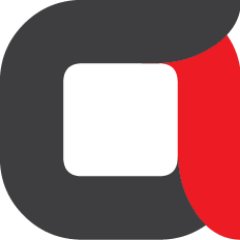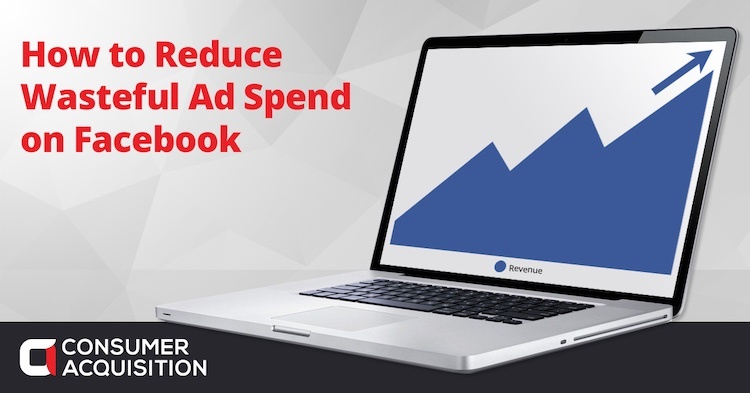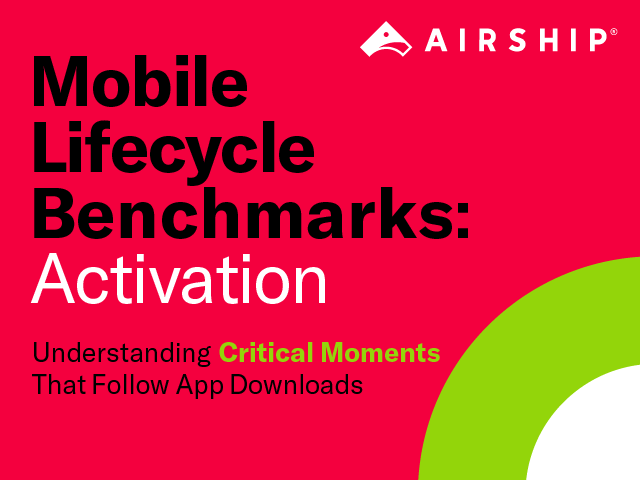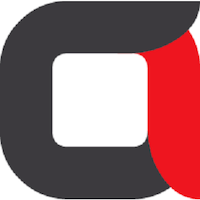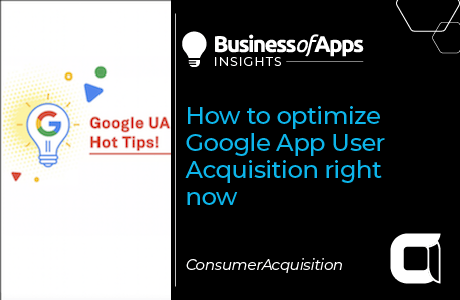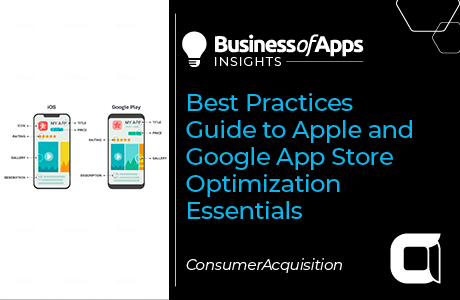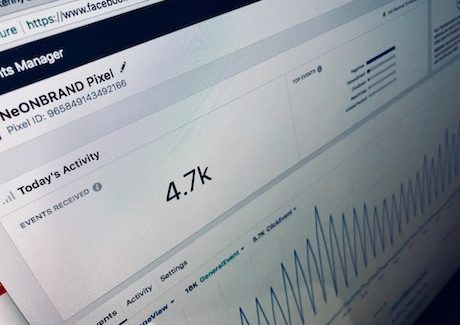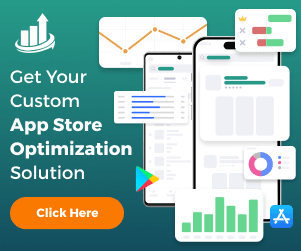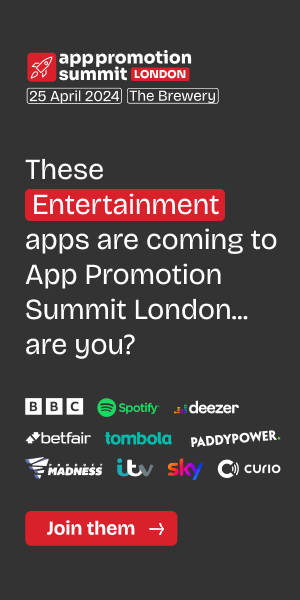Digital advertising on Facebook is an easy place to waste your user acquisition budget. In just a few minutes, you can spend hundreds or even thousands on ads that aren’t converting efficiently, and driving audience that doesn’t match your user profile. Fortunately, you can take control by applying Facebook’s recommended best practices for user acquisition. The platform has improved its automation and campaign management tools tremendously over the past year to make user acquisition more effective for publishers both large and small.
Here is a guide to the best practices that you should be applying to your Facebook acquisition campaigns today to reduce waste and drive spending efficiencies:
Get Your Bidding Structure off to the Right Start
Mobile App Install (MAI) ads are ideal for brand new accounts in order to build up conversion history. Setup your mobile app campaigns with these ads because they’re are an ideal that lets users download your app within just a couple clicks.
After you’ve tested MAI, you should transition to App Event (AEO) and Value (VO) bidding. For new accounts, VO will not initially be available until you have enough AEO optimization data. AEO needs slightly higher quality audiences than VO, while VO needs broad audiences. VO is a more finite audience than AEO, and will reach audience saturation more quickly. VO should be more efficient for new audiences and new creative, and AEO may be more efficient for you as the VO audience pool becomes oversaturated. As a bit of context, on average, we’ve seen that AEO is 2-3X the cost of a mobile app install and VO is 2-3X the cost AEO.
You should also consider having both bid types setup in unique campaigns and be prepared to move budget between AEO and VO to continue optimizing your ad spend.
Test Different Bidding Structures
Automatic bids focus on lowest cost, while manual bidding gives you more control over your cost per acquisition (CPA) to stay within your target cost. You can test both of these bidding models depending on the ads you’re running. VO is auto only, while you may find that AEO is better for manual bidding. Stay tuned as VO manual bidding will be coming soon for Facebook advertisers.
You should also consider testing bid types with and without auto bidding. Manual bidding will require manual bid adjustments to maintain scale, which may trigger significant edits if you change more than 30%, but it can be more efficient in certain circumstances.
- MAI – auto and manual bid both available
- AEO – auto and manual bid both available
- VO – auto bid is the only current option, but manual bid is in beta and coming soon
Increase Your Bid Amounts Incrementally to Find the Sweet Spot
Higher bids will give you more access to high quality inventory, so try bidding high to capture paying users on AEO. Test a 10% change on your bids. If no significant edit was triggered, make a 20% change. Incrementally increase your bid until you find the tipping point. You can run this test on small and big budgets separately because smaller budgets will absorb a greater percent change without triggering the significant edit.
Note, it’s important that campaigns, ad sets and ads should never be paused if you intend to spend additional money with them in the future. Any pause is considered a significant edit and restarts the Facebook platform learning phase. You want your ads to graduate into Facebook’s optimized phase, where your ads will be rewarded and you should see an uptick in performance.
Target Your Audience and Ad Placements
When running AEO or VO bidding, it’s a Facebook best practice to run both broad targeting with all placements and auto bidding. This allows Facebook to dynamically adjust bids and find the right audience regardless of the product they are using.
Test different audience types with different bid types to maximize reach while hitting financial goals. Here are the Facebook best practices:
- MAI – lookalike audiences
- AEO – interests with wide open age targeting 18-64+ (testing required to determine if targeting expansion is helpful)
- VO – broad audiences to maximize reach, use wide open age targeting 18-64+
Manage Your Daily Spend Effectively
To land at the desired daily spend level without pausing your budget or triggering a significant edit, you can utilize Campaign Budget Optimization (CBO) and set the desired daily budget at the campaign levels, or set auto bidding. This ensures all your daily budget will be spent.
Starting Budget Recommendations for Ad Sets for Non-CBO Campaigns
Brand new accounts with no existing historical data should use a multi-ad structure. Use at least 2-3 ads minimum to start, within a single ad set, with budgets set at $100-$200 for the entire ad set.
Existing accounts with sufficient historical data should use a multi-ad structure with higher budgets (>$200 for entire ad set). There is an obvious advantage to launching non-CBO ads with existing historical data because you already have a general sense of which ads work and do not work.
Scale Your Volume Safely
You can safely continue scaling an existing CBO budget after all ads have completed the learning phase, but there’s a spend threshold where return on advertising spend (ROAS) will be impacted and you will have to either: (1) launch new audiences under new ad sets within the same campaign, or (2) launch new ads within the existing ad sets.
Make Significant Edits Only When Necessary
You’ll have a positive impact on your campaigns if you make significant edits when pushing a new ad and re-setting the learning phase, or if you’re deleting a negative ad to avoid it counting towards your history.
Additionally, if you build up negative history with an ad that stops performing well, you would benefit from the significant edit. It also makes sense to pause an ad and re-launch if it performed well and then stopped performing well at some point.
What’s Next?
After you’ve successfully applied Facebook’s best practices for structuring your media buying, you can begin shifting your focus to generating high performing ad creative. This will becomes the primary differentiator in your campaigns and financial success. Constant creative testing of copy, video, and images becomes imperative to your campaign objectives. A large volume of creative is needed to achieve and also to sustain ROAS as creative rapidly fatigues with increased spend and audience reach. Moreover, 95% of creative fail to outperform your portfolio’s best, so even when have a high-performing creative, you need to think about replacing it. By adopting Facebook’s best practices and focusing on a winning creative strategy, you’ll be able to break out from the competition and start reaping the rewards this year.


